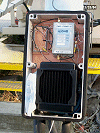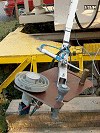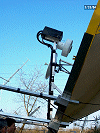March 26-28, 2004, Heppenheim Germany
(Click on thumbnail to download full picture)
 SETI League Photo Gallery
SETI League Photo Gallery
(Click on thumbnail to download full picture)
Attn. Journalists and Photo Editors: please check our Fair Use Policy before reproducing any of these images. Thank you.
|  |
|  |
|  |
|  |
|  |
|  |
|  |
|  |
|  |
|  |
|  |
|  |
|  |
|  |
|  |
|  |
|  |
|  |
|  |
|  |
|  |
|  |
|  |
|  |
|  |
|  |
|  |
|  |
|  |
|  |
The facility tour depicted here was a part of the EuroSETI04 Science and Technology Workshop.
Click Here to view photos of that Conference.
Click here for lots more pictures.
email the Webmaster | entire website copyright © The SETI League, Inc. this page last updated 10 April 2004 |
Top of Page |